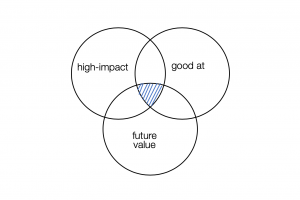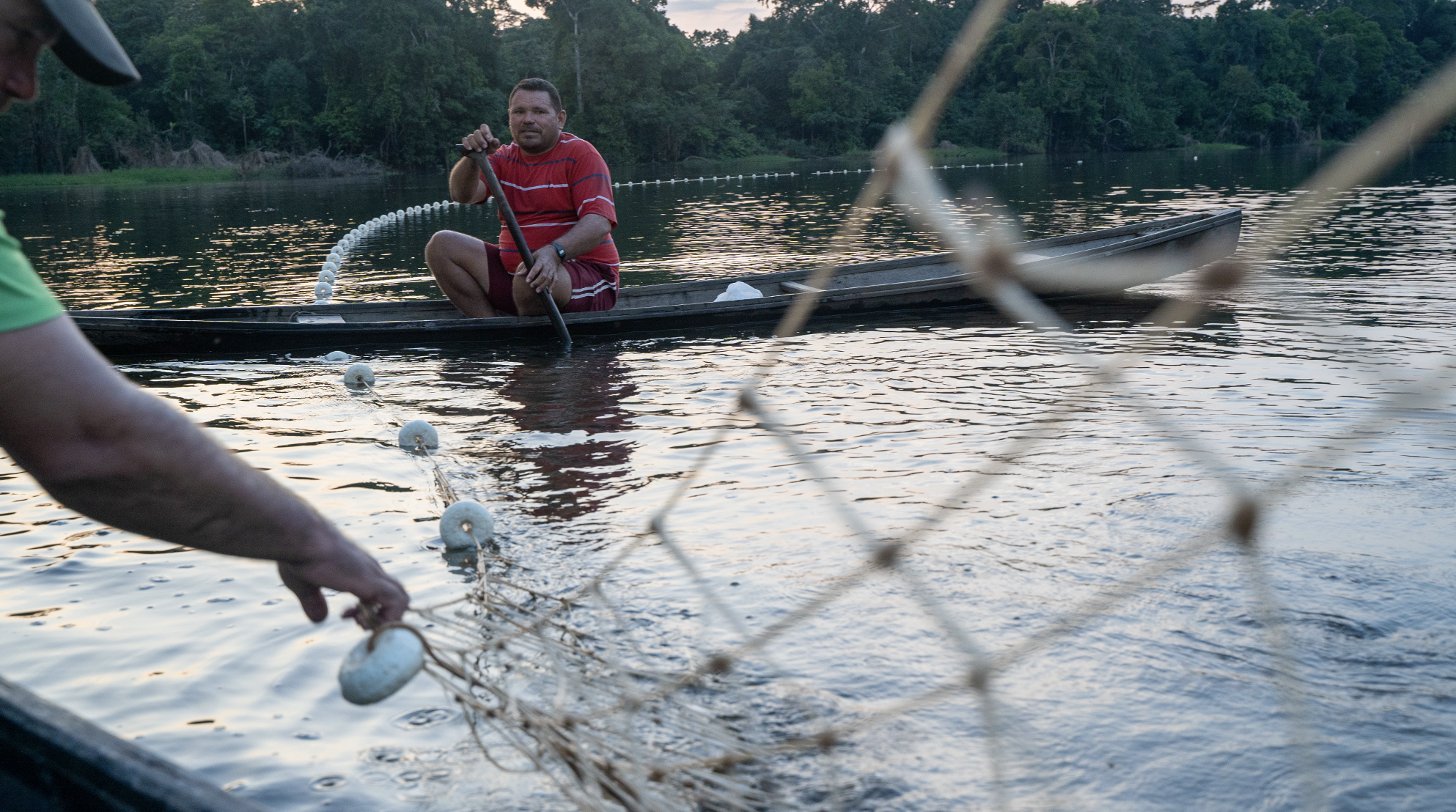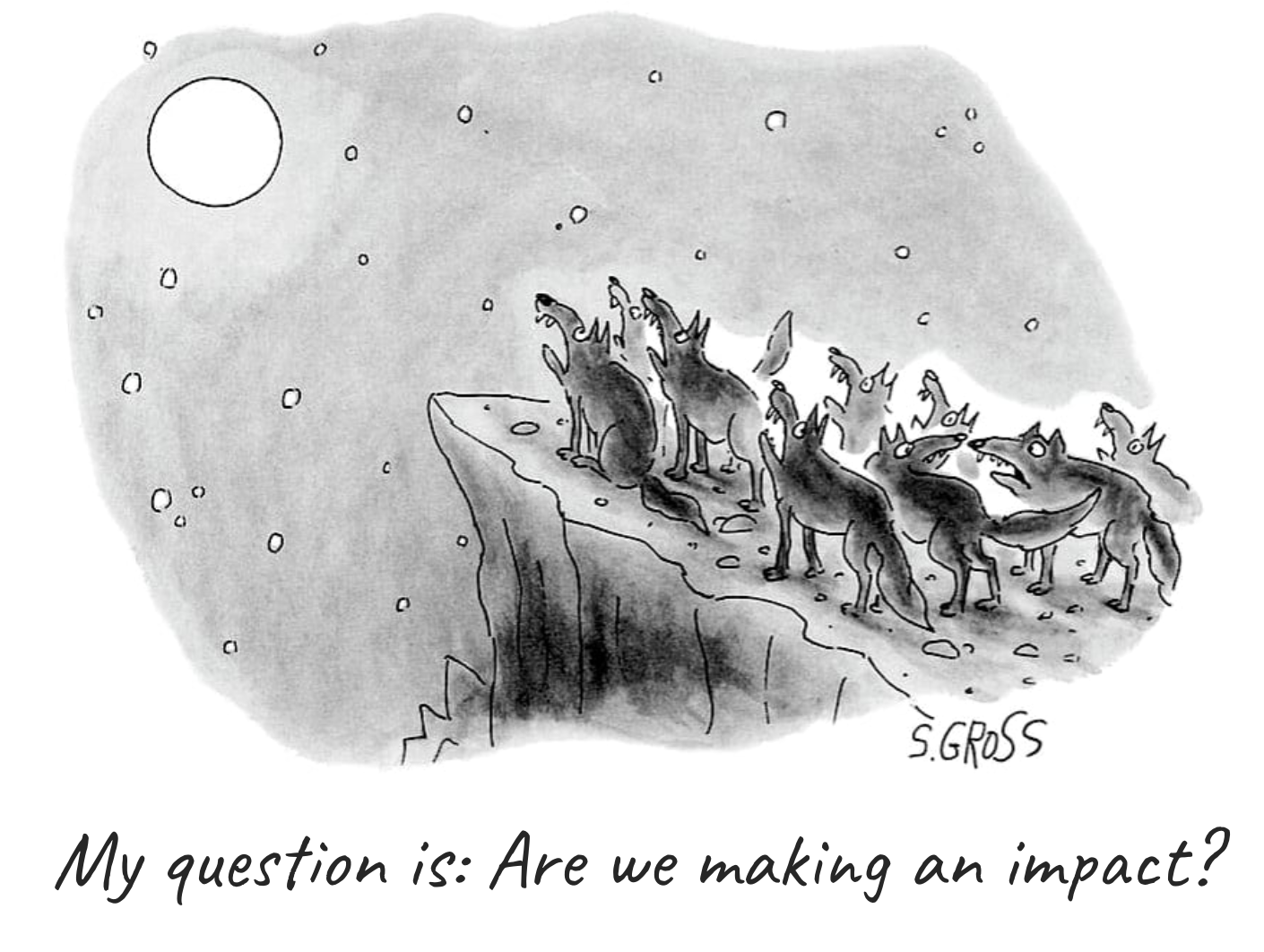A Strategic Approach to Rapid COVID Crisis Funding
The right money to the right people in the right way at the right time.


Funders are being flooded – appropriately – with appeals for COVID-related funding. We certainly want to do our share. We also want, of course, to use Mulago resources to best effect. Here is our current approach.
Because we give unrestricted funding, we evaluate at the organizational level; that is, we base our funding decisions on our overall confidence in the organization. For this reason, we will restrict our COVID response funding to portfolio organizations, along with current Fellows’ organizations we feel we know well enough. This represents a pool of >80 organizations that are already sufficiently vetted. That is plenty, and we don’t have the capacity to vet more right now.
Our conversations with organizations are structured around the framework of Survive / Maintain / Respond: Survive is about how organizations can arrive intact on the other side of this. Maintain is about how the organization can continue to achieve meaningful impact per their mission, and perhaps even maintain their pre-COVID trajectory. Respond is focused on the launch of specific new initiatives that respond to the demands and opportunities of the pandemic.
We’re thinking about our own COVID-response grants through the same lens, but with specific priorities to maximize the impact of our resources:
Survive
“Survive” grants might make sense where an organization with exceptionally high potential for impact at scale has a short-term problem that could be devastating. We have one recent investment that, while not COVID-related, does illustrate the principle:
- Komaza grows trees as a cash crop on smallholder farms with a “distributed plantation” model. The model dramatically increases farm income for very poor people and is quite scalable. Disbursement of a $20m Series B round took longer than anybody hoped. We gave them an emergency bridge loan in the form of convertible debt.
We don’t expect to see a lot of these in the near term, as organizations that need survival grants this early probably don’t have great long-term prospects.
Maintain
Here, we look for cases where impact-generating work is constrained in such a way that a single action can remove obstacles – sort of like removing a cork from a bottle. So far, we have made one grant that meets these criteria:
- One Heart Worldwide equip and train personnel in government birth centers. If those centers are closed, their impact falls to zero. The government won’t operate the centers without PPE. OHW can get PPE rapidly from next-door China. PPE distribution will immediately restart the flow of impact.
Almost everyone needs additional money to meet needs for safety gear and increased operational costs. Fortunately, numerous funders have responded to this obvious need. We will continue to make specific “uncorking” grants a priority. We have not seen a lot of proposals that explicitly fit this description yet.
Respond
We will prioritize those that exploit an opportunity for rapid impact at scale made possible by a combination of relevant core skill set, structure, and network. Examples so far include:
- Turn are using their existing Whatsapp-based communications platform to collaborate with the WHO to get high-quality COVID-19 information to citizens. They have already reached 20 million users in six countries.
- DMI do sophisticated mass-media campaigns to change health behaviors at regional and national scales. Now, they’re preparing well-designed COVID-19 campaigns for immediate deployment.
- VillageReach helped the Malawian government build a solid health phone hotline system before the crisis. Now, they are helping the Ministry with a crash adaptation of the system to handle its urgent need to get COVID-19 information to its citizens, and can rapidly implement in other countries.
- Rising Academies runs low-cost private schools in Sierra Leone and were one of the highest-performing operators in the Liberian schools program we funded. They have adapted their highly-regarded curriculum for radio; already systems from multiple countries are picking it up.
These represent extraordinary opportunities for impact, because these organizations all have some “special sauce” that makes them uniquely able to respond to a specific need. Mulago happens to have numerous organizations working in technology-for-development, mass media, policy, and other high-leverage sectors, and we expect that these Respond opportunities will make up the majority of our grants in the near term.
In general, we want Mulago-supported organizations to focus on three big things in their COVID-19 responses: 1) do what you’re good at, 2) do something effective, and 3) to whatever degree possible, do it in a way that contributes to your future impact. We’re finding this Venn diagram a useful way to communicate this:

We do not intend to put time into additional organizational due diligence on these rapid-response COVID-19 grants. We know these organizations well; we trust them, we know what they can do, and we know they are well-managed and efficient. At present, we are looking for needs and opportunities that are at the intersection of 1) what they are particularly good at, and 2) what we judge to be a high-impact activity. We will ask pointed questions based on our understanding of their history and context, along with our own estimation of their capabilities. If their brief proposals make sense in terms of the criteria above, we will green-light them.
We don’t have any idea what the funding needs ahead will be. The approach outlined here has allowed us to winnow what we’ve seen so far down to a set of high-confidence, high-value grants. While there is a flurry of genuine needs and opportunities right now, it is accompanied with a corresponding generosity bump. It is likely that this bump will be followed by 1) a long-term scarcity trend and 2) a burgeoning need for funding. We’ll pace accordingly.
Impact in your inbox
The best stuff we run into, straight to your inbox. Zero spam, promise. To see past issues, click here.





